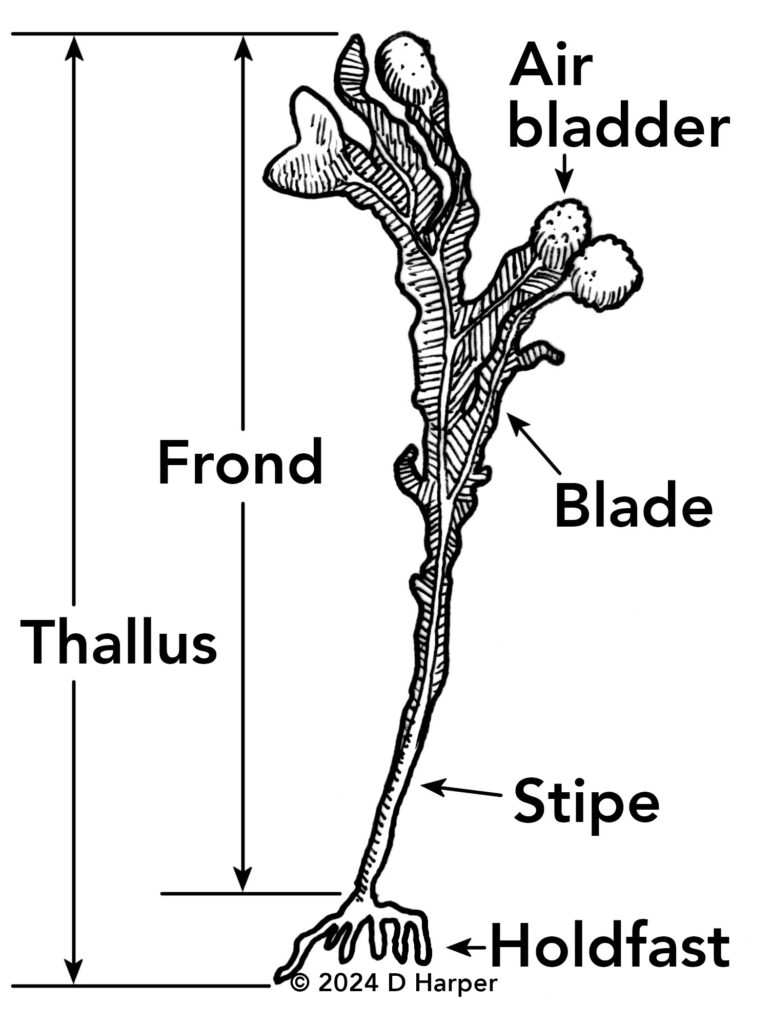I’ve been doing a deep dive into plant morphology. I went down this rabbit hole while doing planning for some ecojustice workshops I’m planning this summer. One of the activities I like to lead is dissecting flowers— it helps participants see things from a new perspective, and a great deal of ecojustice is learning how to see things (like society) from a new perspective.
If you’re going to dissect flowers, why not dissect non-flowering plants as well? However, ferns, green seaweeds, red seaweeds, mosses, etc. — differ in their structures from flowering plants, and thus they have their own terminologies. Even grasses, which are a flowering plant, have their own peculiar terminology.
I quickly decided the terminology of grasses was too complicated to present to casual workshop participants. Awn, floret, panicle, pedicel — I could envision everyone’s eyes glazing over as they heard those terms.
The basic terminology for ferns and seaweeds, though, was easier to present. And there were some interesting contrasts with flowering plants. For example, flowering plants have stems; seaweeds have stipes. Flowering plants have roots; ferns have rhizomes.
There is a transcendent point in all of this. Life on Earth is filled with incredible diversity. Our human language really can’t encompass that diversity. But we can use words to help us see some of that diversity a little better.

